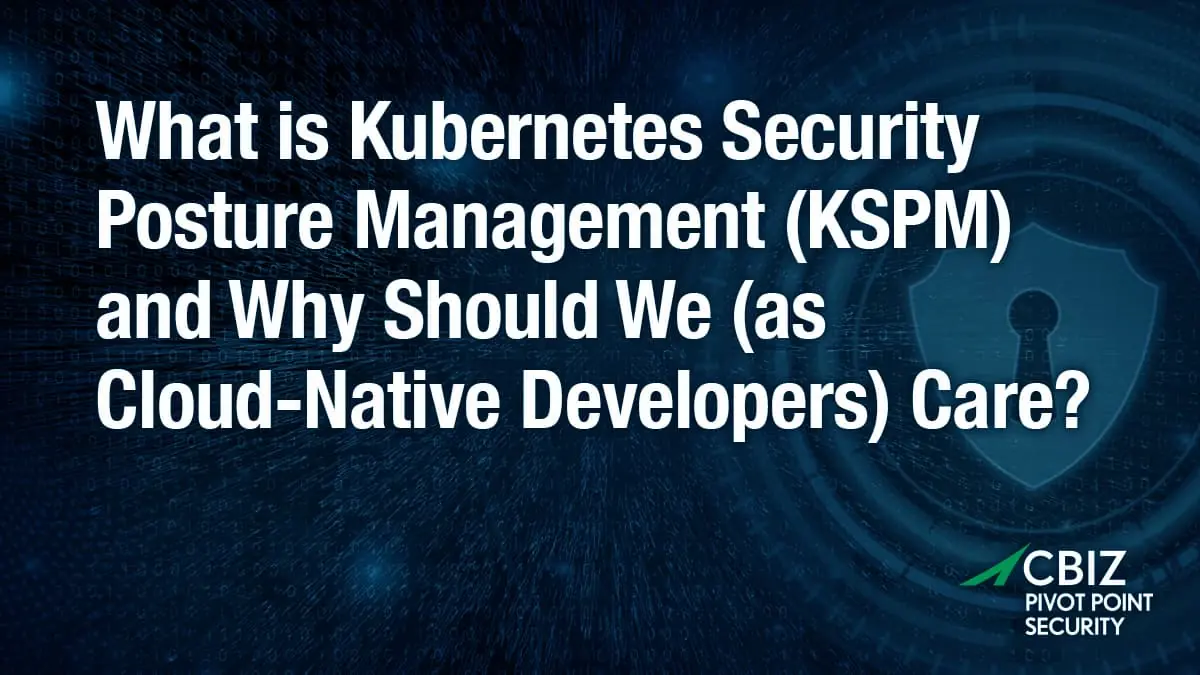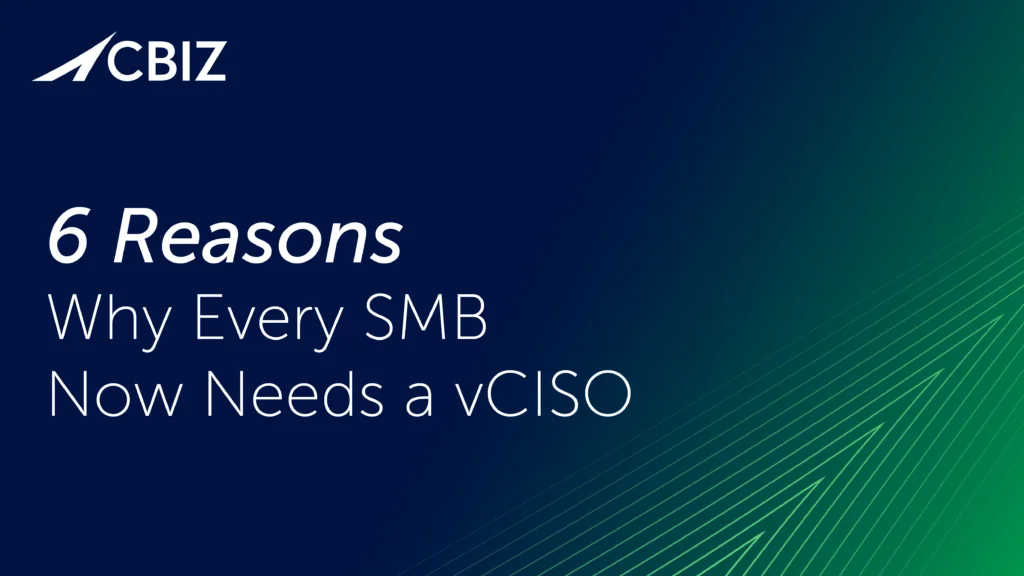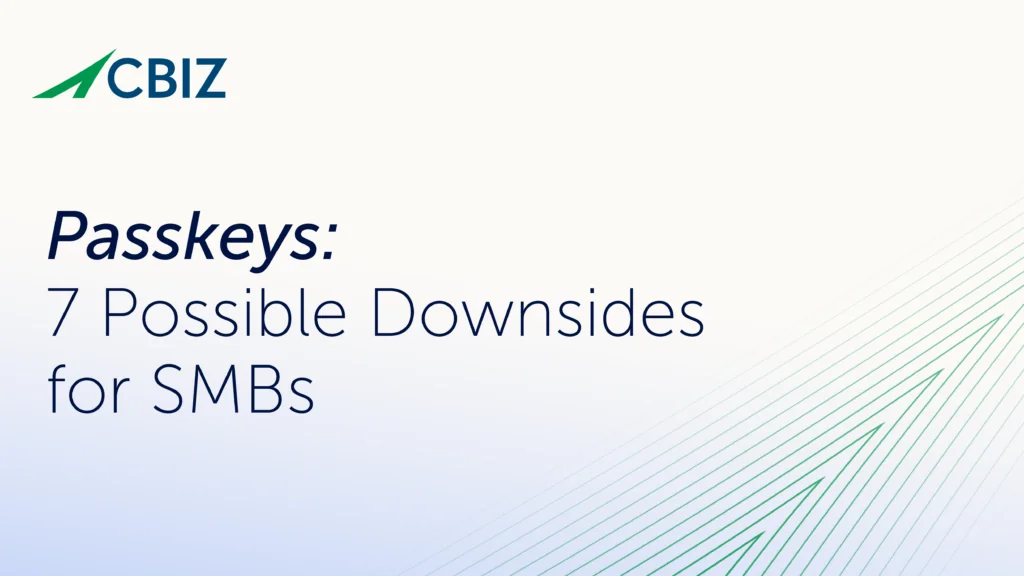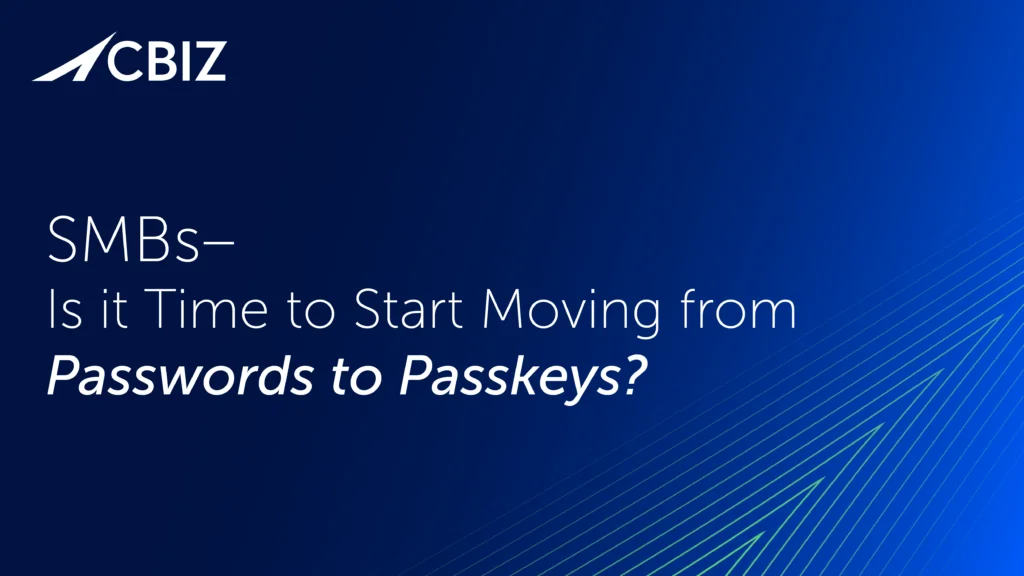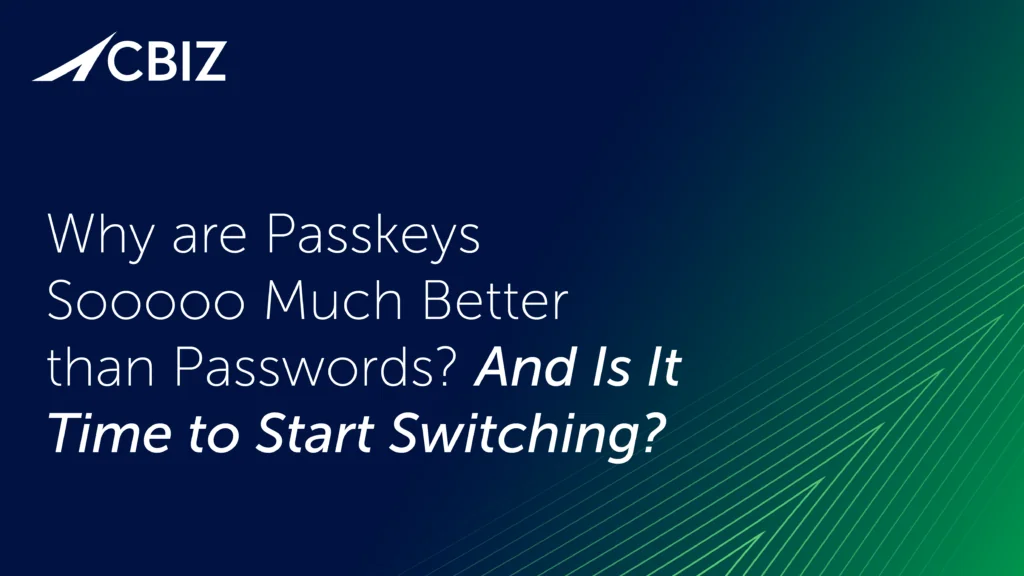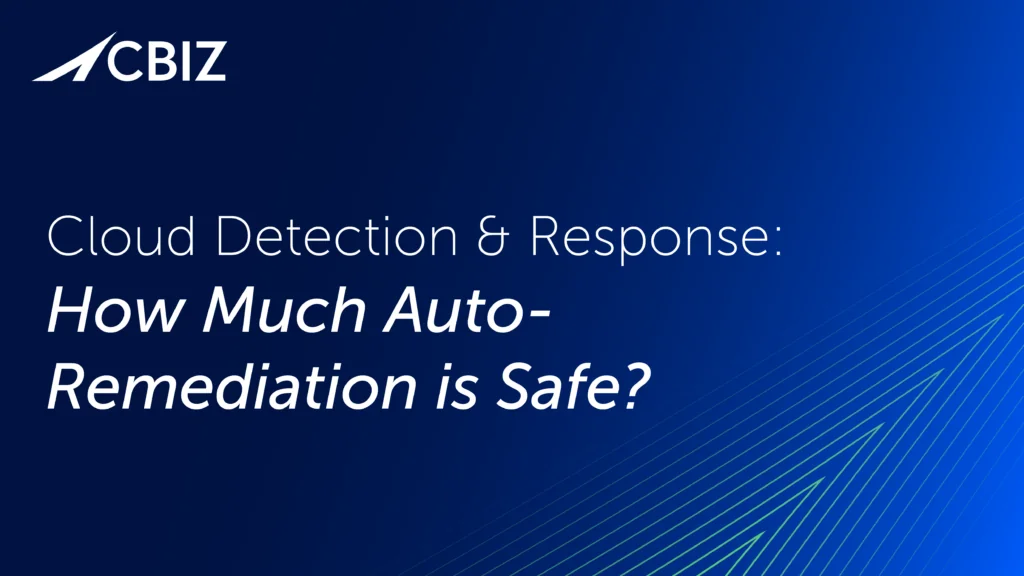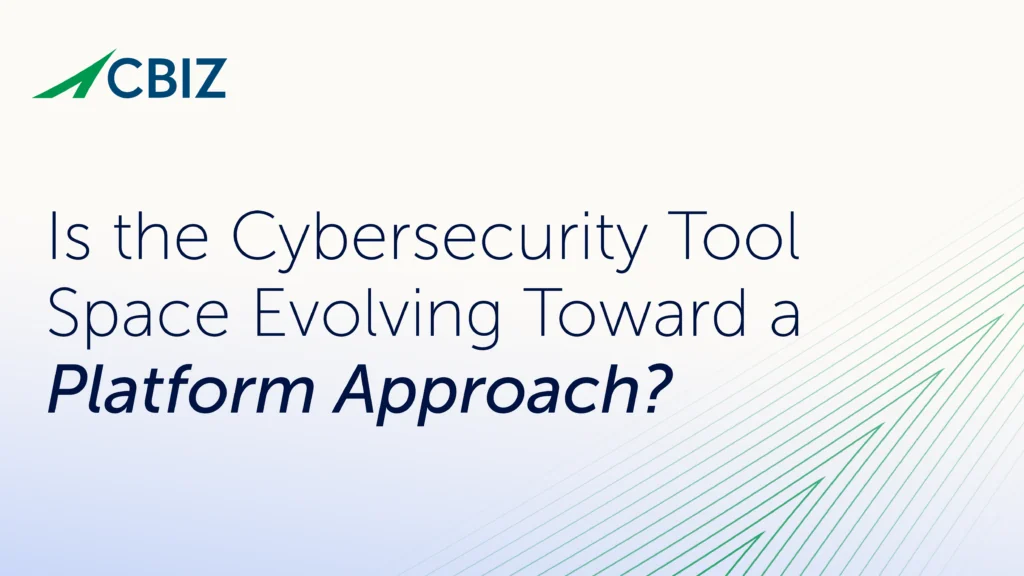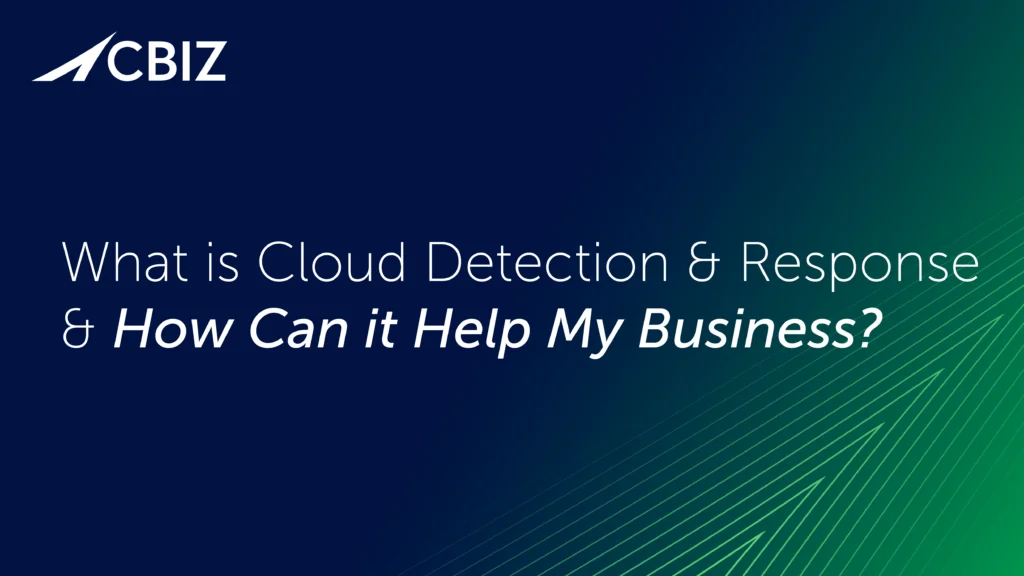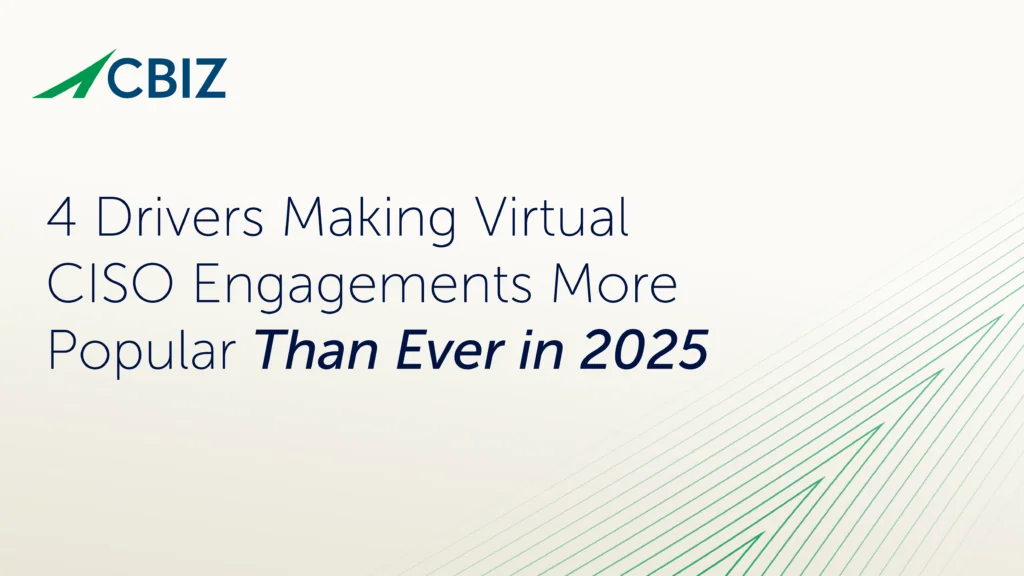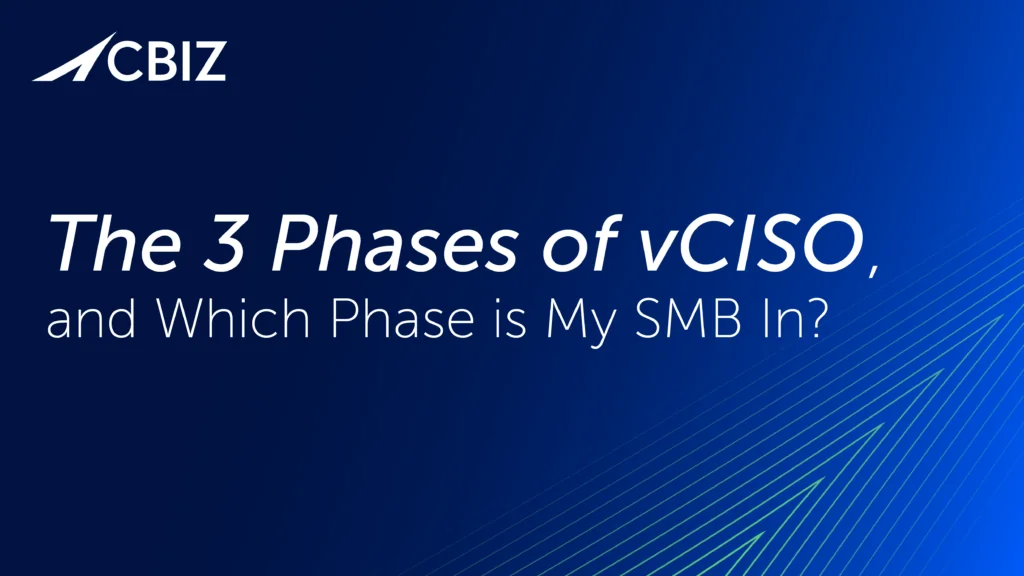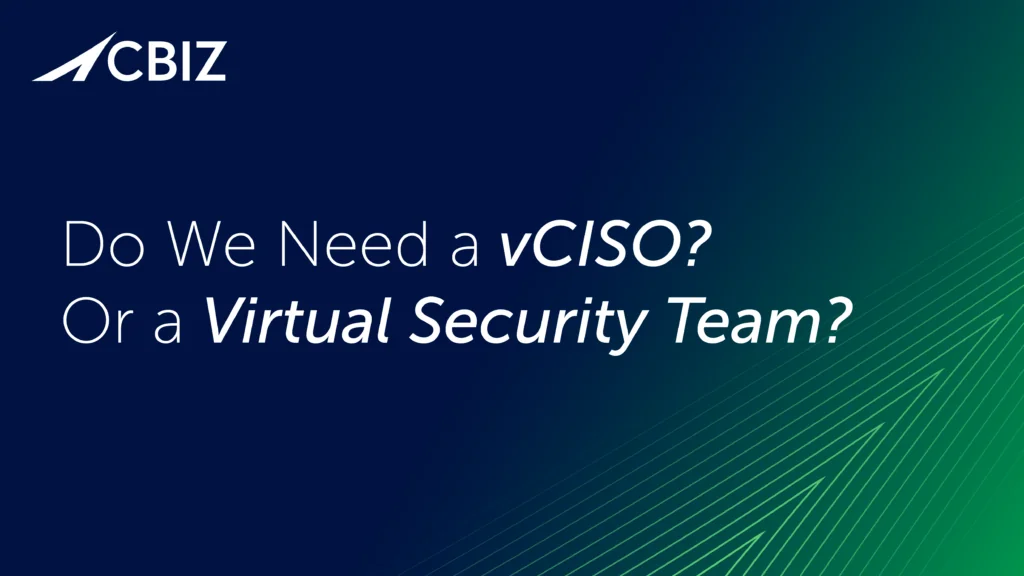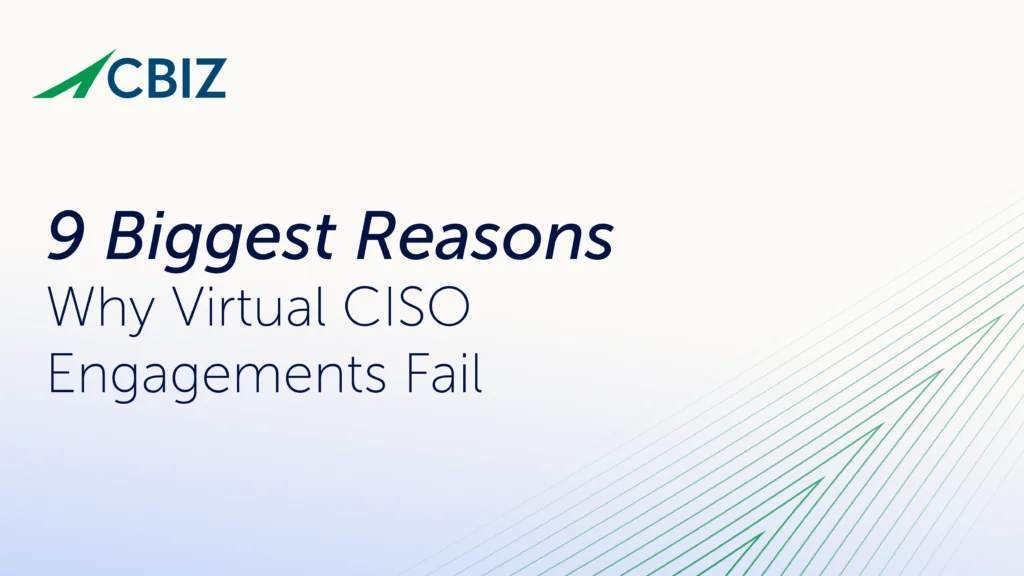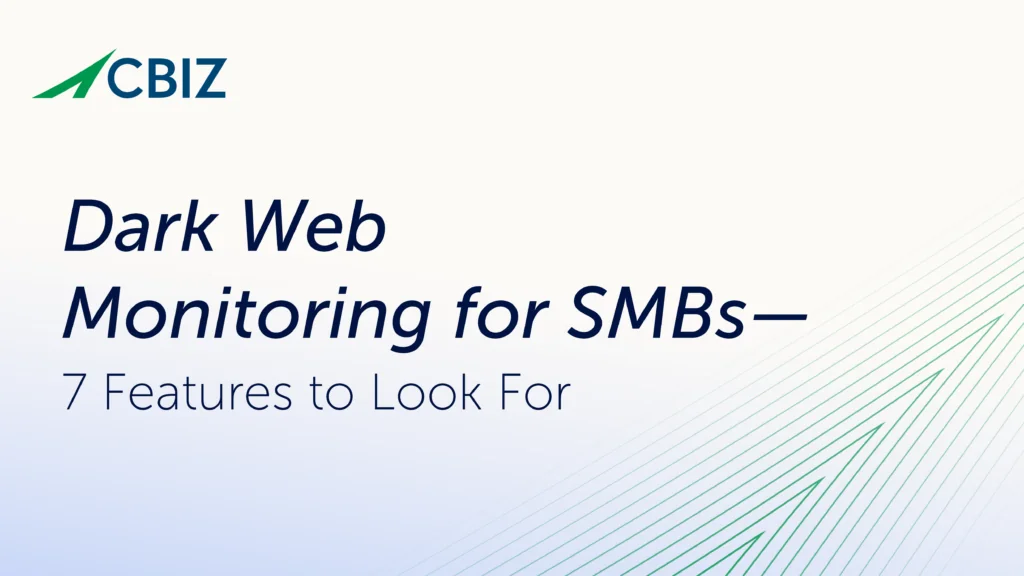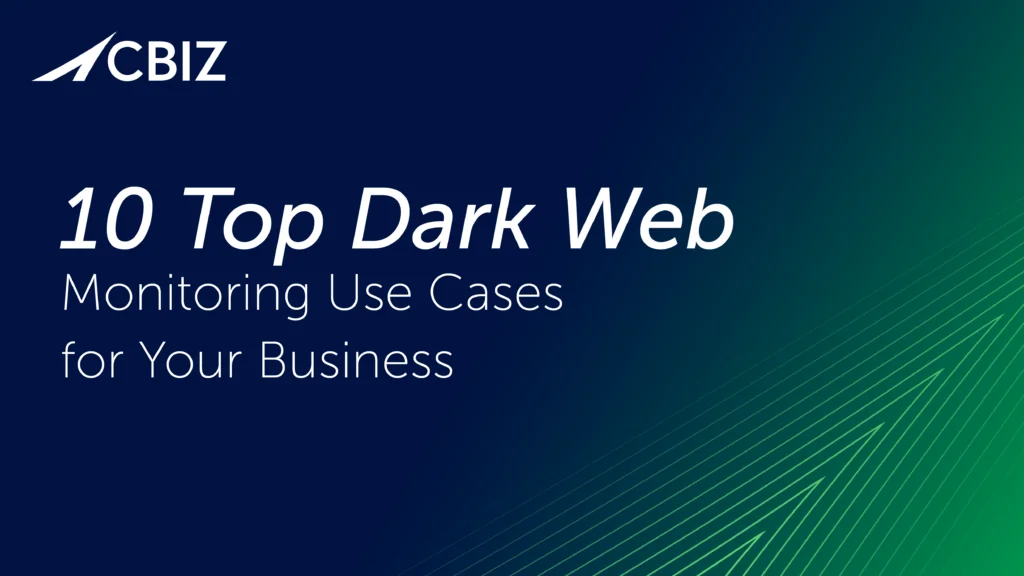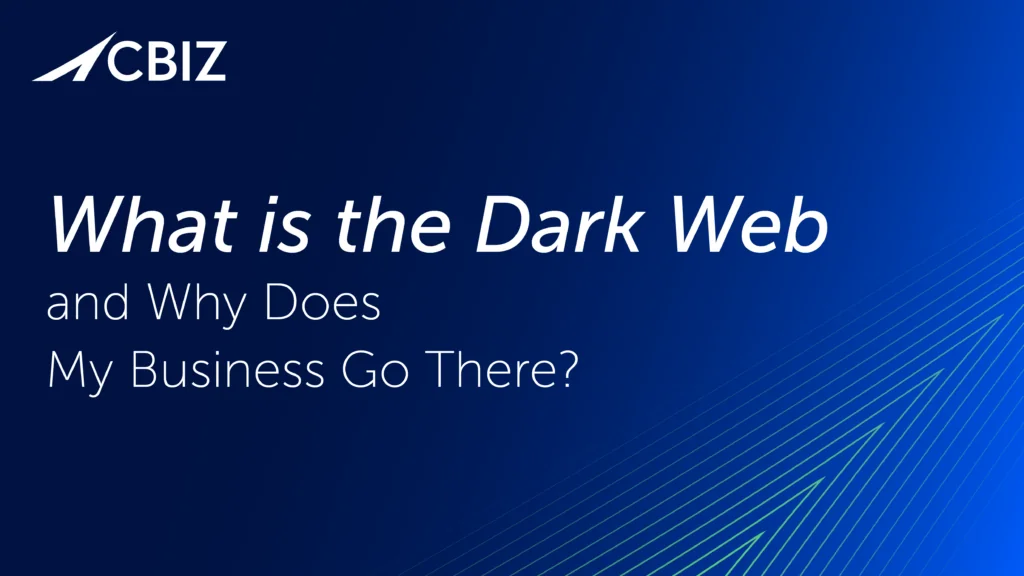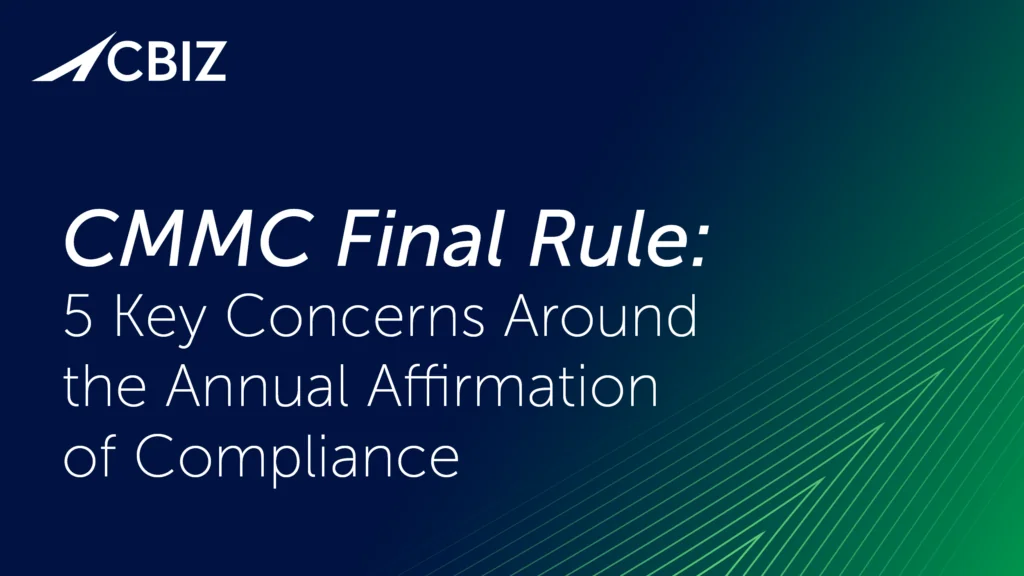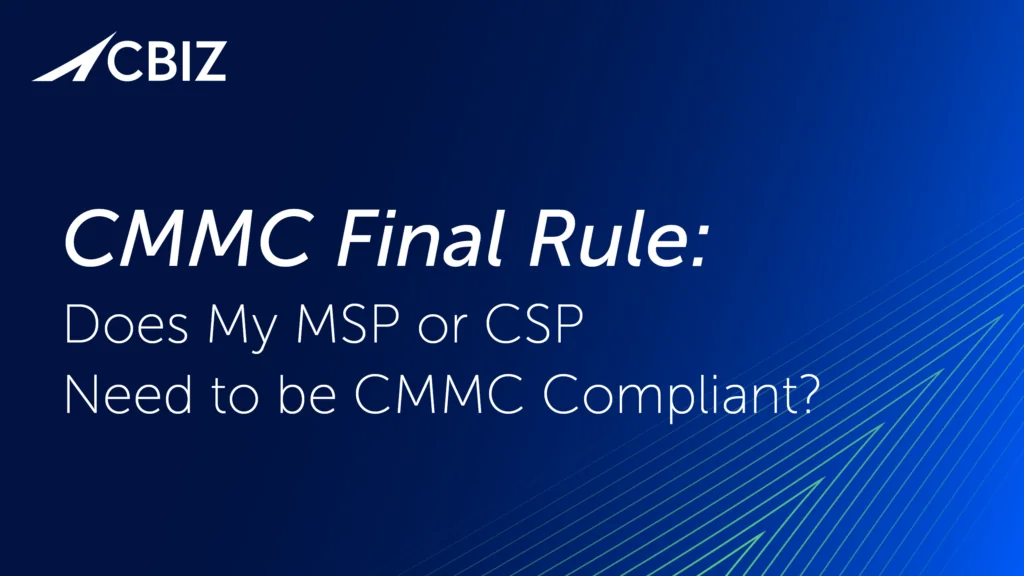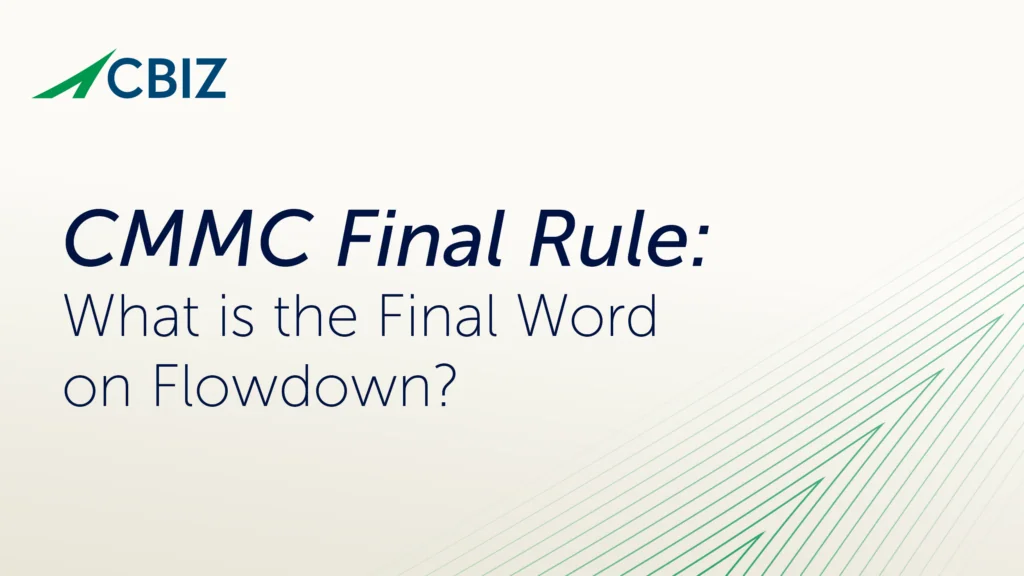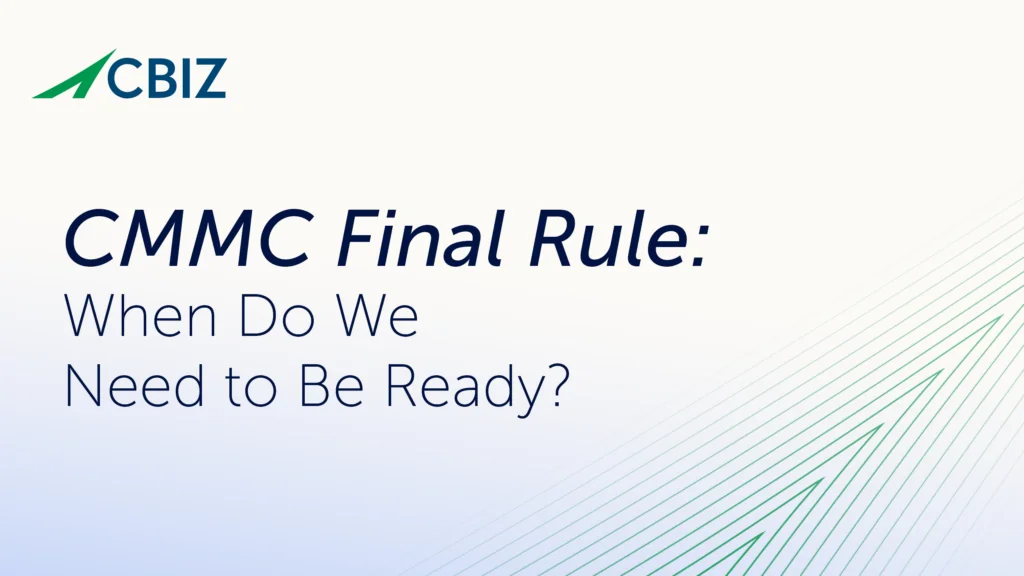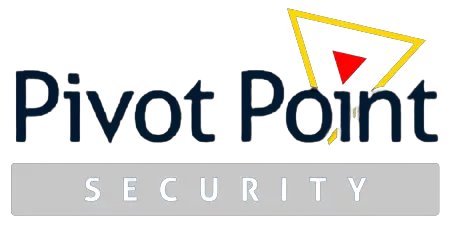Last Updated on September 27, 2024
As the leading platform for orchestrating containerized applications, Kubernetes clusters have proliferated across multi-cloud and on-premises environments. These clusters are effectively “clouds within clouds”—each with its own networking configuration, identity services, business-critical applications and workloads, etc.
With all this power and complexity comes cybersecurity challenges. The dynamic and distributed nature of a multi-cloud Kubernetes footprint makes it difficult to identify and mitigate cyber threats within clusters, especially for those new to the technology.
To address this pervasive application security issue, Kubernetes Security Posture Management (KSPM) has arisen as a core component of Cloud Native Application Protection Platform (CNAPP) offerings. This article overviews KSPM in the context of CNAPPs, including its functionality and business benefits for organizations that develop cloud-native applications.
What is Kubernetes Security Posture Management (KSPM)?
Kubernetes Security Posture Management (KSPM) is a component of leading CNAPP or Cloud Workload Protection Platform (CWPP) solutions that focuses on managing the security posture of distributed Kubernetes clusters wherever they reside. Similar to CNAPP in scope, KSPM specifically addresses the unique challenges of ensuring cybersecurity and compliance within Kubernetes environments.
KSPM helps enforce policy, ensure compliance, and promote best practices by detecting misconfigurations, permissions risks, and other vulnerabilities in container images. Some KSPM solutions also offer automated and/or assisted vulnerability remediation.
Essential KSPM capabilities include:
- Support for the full range of cluster deployments in a multi-cloud environment, such as Amazon Elastic Kubernetes Service, Azure Kubernetes Service, and Google Kubernetes Engine, as well as on-premises and private cloud based clusters.
- The ability to detect images deployed to running containers.
- The ability to quickly scan container images in registries before deploying them.
- The ability to automatically assess Kubernetes clusters for compliance with popular standards like the Center for Internet Security (CIS) benchmark for Amazon EKS or Microsoft AKS, as well as frameworks like GDPR, NIST 800-53, or PCI-DSS.
- Support for DevSecOps teams to initiate image scans directly from the CI/CD pipeline, helping to “shift left” container vulnerability management.
- Malware detection on files included in container images.
- Integration with CNAPP dashboards to provide convenient visibility into identities, network configurations, and other Kubernetes-based components.
What common cyber risks does KSPM help protect against?
By streamlining and automating Kubernetes cybersecurity, KSPM helps reduce these major risks:
| Risk | Details |
| Vulnerabilities | The more your developers are leveraging Kubernetes, the more vulnerabilities are potentially created. A high percentage of vulnerabilities occur through the use of ecosystem tools rather than in Kubernetes itself. The Kubernetes API can also introduce vulnerabilities if access is not correctly secured. |
| Misconfigurations | There is a lot to configure with Kubernetes, making risky misconfigurations easy to overlook without the help of automation. |
| Identity & access management issues | A range of roles interact with Kubernetes clusters, including developers, admins, and operations. Appropriate authentication, access controls, and identity management are essential to enforce least privilege guidelines and prevent unauthorized users from accessing resources within a cluster. |
For instance, a KSPM solution could detect and alert on a privilege escalation flaw in a container image running on IBM OpenShift. The DevSecOps team could then isolate the affected containerized application and mitigate the threat before attackers exploit it.
By providing visibility into cybersecurity issues across a company’s entire Kubernetes inventory, and across all resources within a cluster, KSPM seeks to offer a “one-stop shop” for addressing Kubernetes cybersecurity risks and proactively identifying compliance violations. Some KSPM solutions also provided automated and guided remediation of misconfigurations, policy/compliance violations, and unsafe privileges within clusters.
For an overview of best practices to secure a Kubernetes cluster, check out the OWASP Kubernetes Security Cheat Sheet.
Why is KSPM important?
Kubernetes adoption in the cloud-native community at approaching 100%, making Kubernetes a significant attack surface for SMEs and enterprises alike. A vulnerability or misconfiguration in a Kubernetes cluster can lead to a data breach or other cybersecurity incident just like anywhere else in your IT infrastructure.
For organizations that are developing cloud-native applications, KSPM offers several important cybersecurity advantages:
- It helps teams identify and correct configuration vulnerabilities inevitably caused by human error and fallibility.
- It provides a way to scan third-party container resources for possible cybersecurity issues.
- It supports best-practice governance of Kubernetes security as the technology evolves and new approaches are required.
- It helps enforce compliance requirements across Kubernetes environments.
- It scans for common cybersecurity problems like excessive access permissions, inadequately segmented network traffic between pods and namespaces, and component-level misconfigurations.
Some of the ways that KSPM can help teams improve Kubernetes security include:
- Detecting unsafe network access or network security policy deviations, helping to rein in one of the largest cloud attack surfaces.
- Detecting compliance issues by configuring the tool to scan clusters for specific compliance risks.
- Flagging role-based access problems that violate least privilege policies and increase the risk of a successful attack.
- Automatically suggesting remediation steps or automatically mitigating detected vulnerabilities and cybersecurity issues.
Does KSPM replace CSPM?
Cloud security posture management (CSPM) tools monitor the cybersecurity posture of cloud environments, including identity & access management, network security, and misconfigurations.
Because CSPM focuses on the overall cloud infrastructure while KSPM concentrates on Kubernetes environments, neither can replace the other. Most CSPM tools lack adequate visibility into Kubernetes, while KSPM solutions are too narrowly focused to provide a complete view of cloud security.
Many organizations use KSPM and CSPM solutions together to fully secure their cloud-native and multi-cloud infrastructure. CSPM provides a cloud-level view while KSPM offers an in-depth profile of Kubernetes clusters within the overall cloud estate.
What are KSPM’s top business benefits?
KSPM top three business benefits are:
- A more robust cybersecurity posture with improved management and faster threat response
- A smaller attack surface and reduced business risk from cloud-native investments
- Verifiable compliance with policy, regulations, and cybersecurity standards
Best of all, KSPM does all this without compromising the speed, efficiency, and agility of cloud-native development and deployment. By integrating into CI/CD pipelines and solving crucial DevSecOps challenges, KSPM helps cloud-native teams “shift left” and integrate efficient cybersecurity checks across the software development lifecycle (SDLC).
Does our organization need KSPM?
The great majority of organizations doing cloud-native development are using Kubernetes to orchestrate container workloads—making container security a vital component of the overall cybersecurity program.
By automating many important facets of Kubernetes security, KSPM can significantly reduce business risk from a data breach or other cyber incident. KSPM tools can also help enforce policy, support compliance, and rapidly detect and respond to threats.
A KSPM solution can also help address the problem of scaling up security alongside increasing cloud-native application usage and complexity. Many businesses run container workloads in different parts of a multi-cloud infrastructure, making visibility into those distributed clusters a must.
What’s next?
For more guidance on this topic, listen to Episode 142 of The Virtual CISO Podcast with guest Arick Goomanovsky, Chief Product Officer at Tenable Cloud Security.





